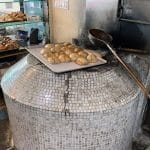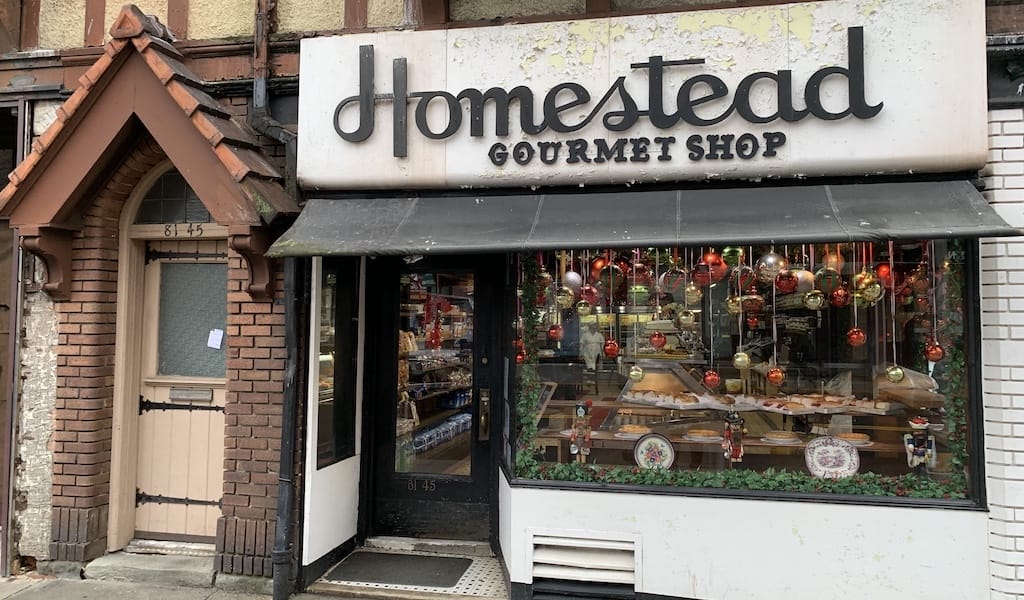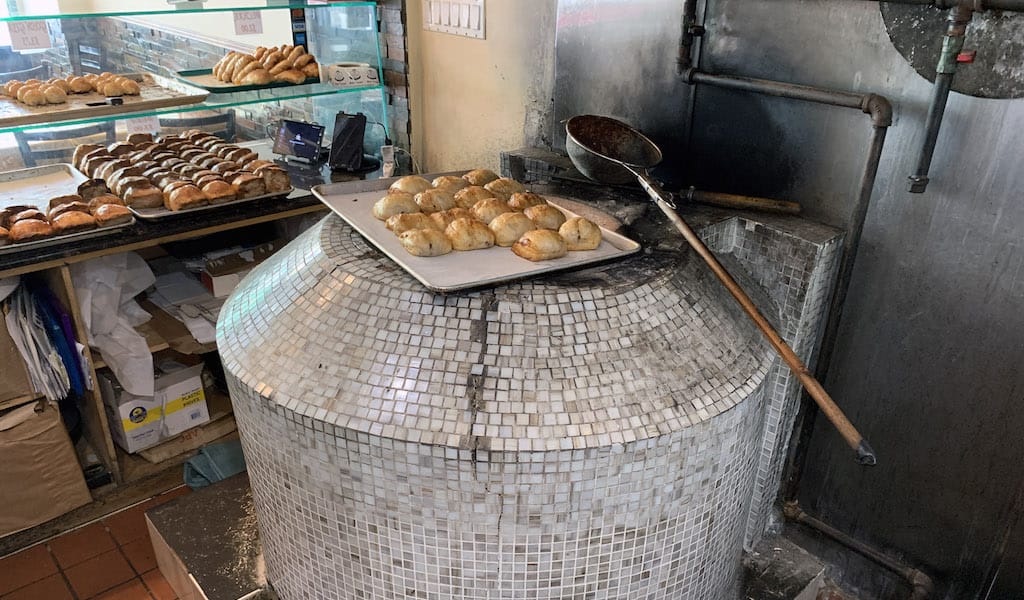In 1654, Dutch refugees, including 23 Jews, traveling on a French ship from Brazil, arrived in North America. The refugees set foot in Peter Stuyvesant’s New Amsterdam village, now called New York. Stuyvesant did not want to accept Jews, so he imposed trade, property and tax restrictions to stifle their advancement. Most of the Jewish community consequently returned to Amsterdam or left for the Caribbean, where they could live under more hospitable conditions with relatives.
When Stuyvesant ultimately ceded control of New Amsterdam to the English, the small Jewish community that had remained swore allegiance to its new rulers and began to grow. Up until the 19th century, most Jews who settled in New York were of Iberian descent, but then during the Napoleonic Wars, German and Polish Jews fleeing pogroms found refuge there as well. It was not until the 1880s that a sizeable number of Jews from Eastern Europe established themselves in New York’s Lower East Side, trailing the German and Polish immigrants already there. By 1916, 28 percent of the city’s population (1.4 million) was Jewish.
Migration declined after the US government passed the Immigration Act of 1924, which effectively mandated a preference for Northern Europeans to the large exclusion of others until 1965. After the Great Depression and WWII, Jews began to migrate away from the inner cities and to live a suburban life with better schools, larger homes and modest yards. Many Jews from the Lower East Side headed to the suburbs of Queens and Long Island.
In Queens today, the highest concentration of Jews (50 percent) lives in the neighborhoods of Rego Park, Forest Hills and Kew Gardens.
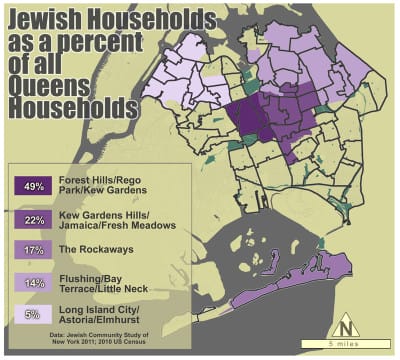 Seventeen percent identify as Sephardic, and most are Bukharan Jews, with over 50,000 estimated to live in the region today. Though Bukhara is located in modern-day Uzbekistan, the demographic is used to describe all Jews from Central Asia. While the Emirate of Bukhara was established in 1785, Bukharan Jews were thought to have lived in the region for over 2,500 years, as exiles from Babylonia. With the disintegration of the Soviet Union, most Jews left Central Asia in the early 1990s for Israel and the U.S. The Jewish Bukharans joined an already large diaspora community in Queens, centered mostly in the Rego Park and Forest Hills neighborhoods. Some people call the area Queensistan or Regoparkistan because of the large number of immigrants from Uzbekistan, Tajikistan, Kyrgyzstan, Afghanistan, Iran and Western China.
Seventeen percent identify as Sephardic, and most are Bukharan Jews, with over 50,000 estimated to live in the region today. Though Bukhara is located in modern-day Uzbekistan, the demographic is used to describe all Jews from Central Asia. While the Emirate of Bukhara was established in 1785, Bukharan Jews were thought to have lived in the region for over 2,500 years, as exiles from Babylonia. With the disintegration of the Soviet Union, most Jews left Central Asia in the early 1990s for Israel and the U.S. The Jewish Bukharans joined an already large diaspora community in Queens, centered mostly in the Rego Park and Forest Hills neighborhoods. Some people call the area Queensistan or Regoparkistan because of the large number of immigrants from Uzbekistan, Tajikistan, Kyrgyzstan, Afghanistan, Iran and Western China.
One of the Bukharan Jews we met in Queens, Polina Kavod, told us, “Growing up in Tashkent, we kept to ourselves, and married among our own community.” Today, Kavod works as the bookkeeper for the Bukharian Jewish Center and Bukharan Congress of USA and Canada in Forest Hills, a combination synagogue, community organization and meeting space just off Queens Boulevard. She comes from Tashkent, Uzbekistan, and emigrated in 1992 to Israel, where, she said, “only then did I realize all the different types of Jews there were in the world.” She lived there for 11 years before settling in Queens. She is the resident community link for all things Bukharan.
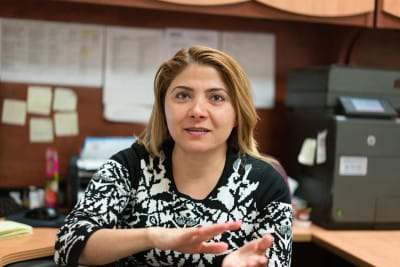 Of Tashkent, she recalled, “My father oversaw the matzo-making for our immediate and larger family circle leading up to Passover.” Gesturing with her hand, the size of the smaller and flat matzo, Kavod said, “His matzo was not machine-made and small like here. To this day, the smell of a properly burnt matzo on the edges takes me back home.” Her fondest food memory? “The egg drop soup, with my father’s homemade matzo crumbled into it. This is what I miss. And the food markets, the open markets, where I could wander and wander freely.”
Of Tashkent, she recalled, “My father oversaw the matzo-making for our immediate and larger family circle leading up to Passover.” Gesturing with her hand, the size of the smaller and flat matzo, Kavod said, “His matzo was not machine-made and small like here. To this day, the smell of a properly burnt matzo on the edges takes me back home.” Her fondest food memory? “The egg drop soup, with my father’s homemade matzo crumbled into it. This is what I miss. And the food markets, the open markets, where I could wander and wander freely.”
(The next installment of CB’s Queens Migrant Kitchens series visits a family-run kosher bakery in Rego Park that turns out traditional Bukharan goods. Stay tuned! Additional funding for this piece was provided by The Sillins Family Foundation Grant.)
Published on May 06, 2016
Related stories
May 12, 2016
QueensFor those interested in visiting Tashkent or Samarkand, an easier trip might involve heading to the Rego Park and Forest Hills neighborhoods of Queens, home to much of the borough’s Central Asian Jewish diaspora. The neighborhoods comprise two main thoroughfares: 63rd Avenue, which changes to 63rd Street, and 108th Street. Both roads have a range…
November 23, 2021
QueensHomestead Gourmet Shop in Kew Gardens, with its quaint, peeling sign and cheery strudel-filled front window, looks like a Disney vision of the Old World. Its employees, clad in all white with old-fashioned paper hats, evoke a 1950s soda fountain shop. It feels like a relic in a forgotten corner of the city. In fact,…
Learn all about the Bukharan community on our Queens trip!
September 23, 2019
QueensChaikhana Sem Sorok, a newly opened little café just off the Central Asian thoroughfare of 63rd Drive in Rego Park, proves more than anywhere else that all cuisines are fusion cuisines, if you go back far enough. Every day but Saturday – the Sabbath – loaves of round, crusty bread called non or lepyoshka emerge…












































